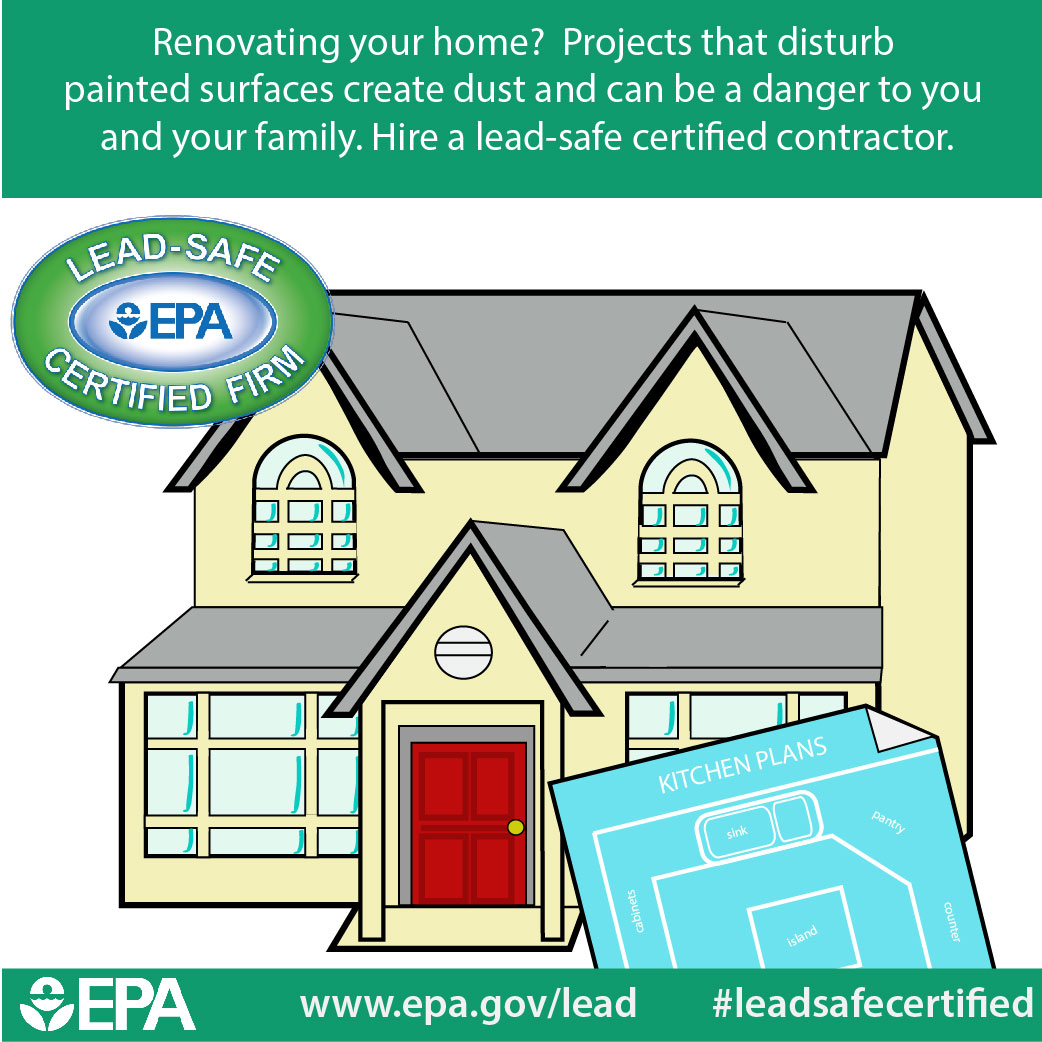Discover The Effect Of Seasonal Components On The Effectiveness Of Commercial External Painting And Recognize The Optimum Times To Attain Enduring Results For Your Job
Discover The Effect Of Seasonal Components On The Effectiveness Of Commercial External Painting And Recognize The Optimum Times To Attain Enduring Results For Your Job
Blog Article
Material Written By-Burnham Whalen
When you're planning an industrial outside paint project, seasonal aspects can make or break your results. You'll wish to consider how temperature and humidity impact paint application and drying out times. Selecting the best period can ensure your paint adheres correctly and lasts much longer. But which periods are absolutely the best for this kind of job? Let's explore more info that can impact your job's success.
The Effect of Temperature on Paint Application
When you're planning a business external painting task, the temperature can significantly influence exactly how well the paint sticks and dries out.
Preferably, you want to paint when temperatures range between 50 ° F and 85 ° F. If it's also cool, the paint may not heal properly, bring about concerns like peeling or splitting.
On the other hand, if it's also warm, the paint can dry as well quickly, avoiding correct adhesion and causing an unequal finish.
You ought to likewise take into consideration the moment of day; morning or late afternoon supplies cooler temperatures, which can be more desirable.
Always inspect the manufacturer's recommendations for the particular paint you're utilizing, as they commonly provide advice on the optimal temperature level variety for optimum outcomes.
Moisture and Its Result on Drying Times
Temperature isn't the only environmental variable that influences your industrial external paint task; moisture plays a substantial function as well. High humidity levels can reduce drying out times substantially, affecting the overall quality of your paint task.
When the air is saturated with wetness, the paint takes longer to cure, which can bring about issues like inadequate attachment and a greater risk of mold development. If you're repainting on an especially humid day, be gotten ready for extended delay times between layers.
It's vital to monitor neighborhood weather conditions and strategy appropriately. Preferably, aim for humidity degrees between 40% and 70% for ideal drying out.
Maintaining these consider mind ensures your task stays on track and provides an enduring finish.
Best Seasons for Commercial Exterior Paint Projects
What's the very best time of year for your industrial external paint projects?
Springtime and early loss are commonly your best choices. During these periods, temperature levels are mild, and humidity degrees are usually reduced, creating ideal problems for paint application and drying out.
Stay clear of summer season's intense heat, which can create paint to dry too rapidly, resulting in bad adhesion and coating. Similarly, winter months's chilly temperatures can prevent proper drying out and curing, risking the long life of your paint job.
Go for days with temperatures in between 50 ° F and 85 ° F for optimal results. Bear in mind to check the regional weather forecast for rainfall, as wet conditions can spoil your task.
Planning around these aspects ensures your painting project runs efficiently and lasts longer.
Conclusion
Finally, preparing your commercial exterior painting tasks around seasonal factors to consider can make a considerable difference in the result. By organizing job throughout the suitable temperature levels and humidity levels, you'll make sure far better bond and drying times. Keep in click this link now to watch on local weather forecasts and select the correct time of year-- spring and early fall are your best options. Taking these steps will certainly help you accomplish a long lasting and specialist coating that lasts.
